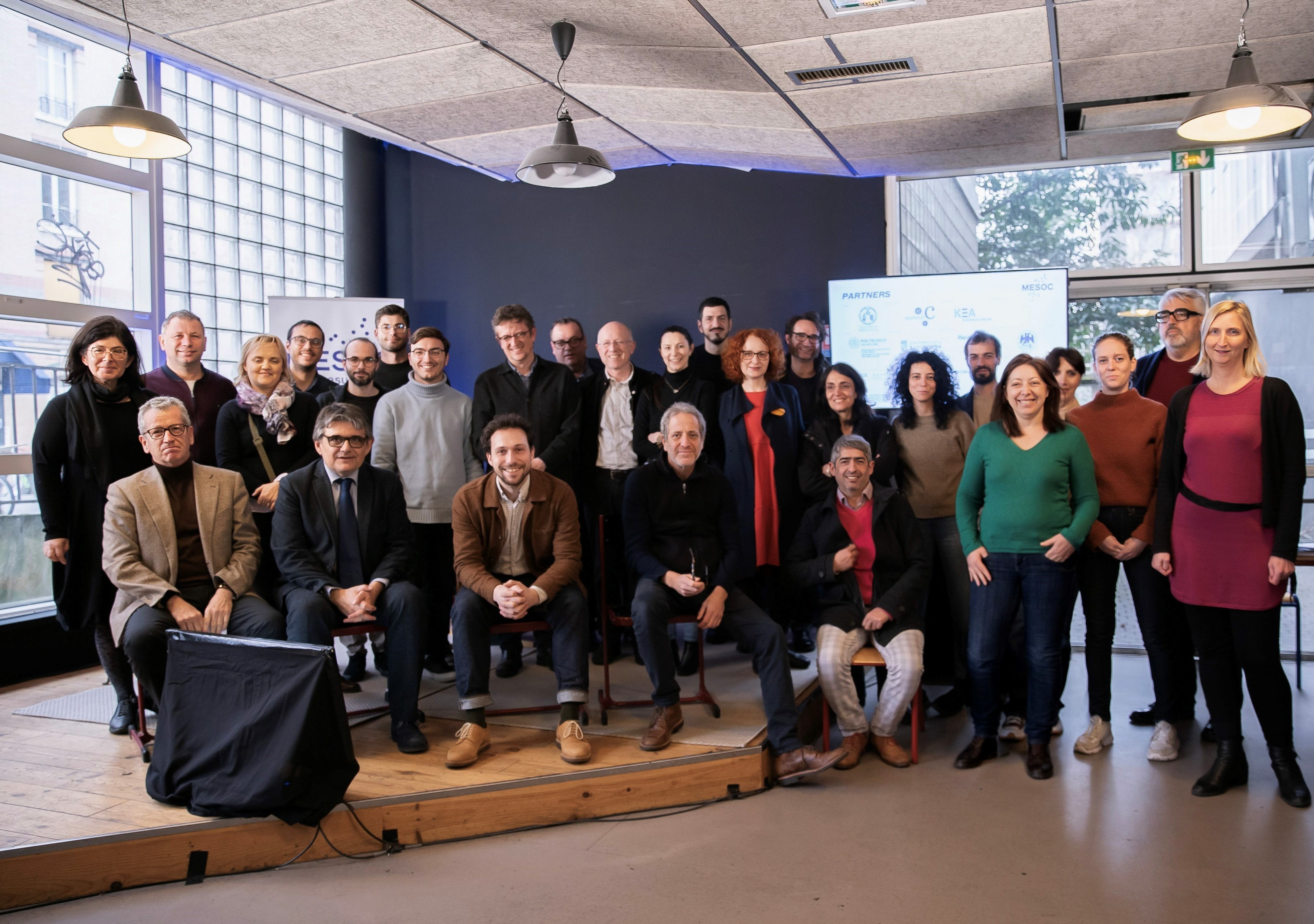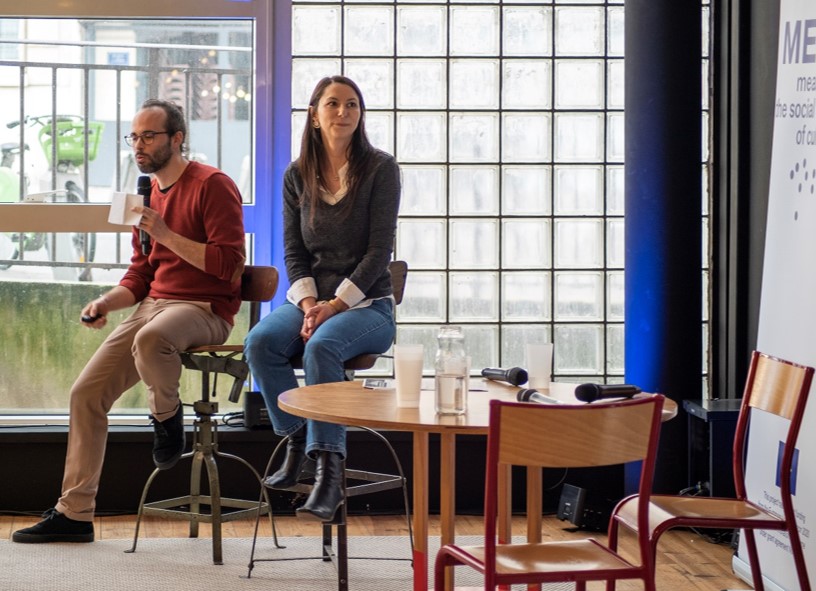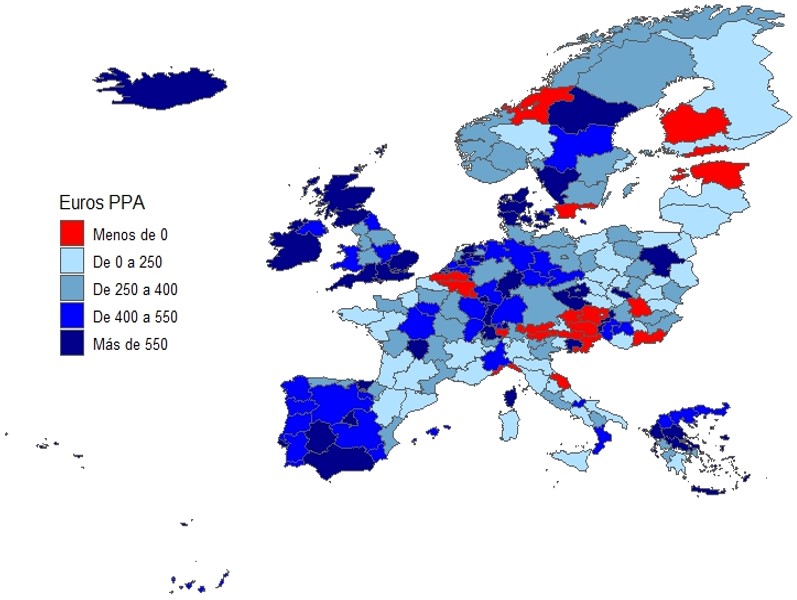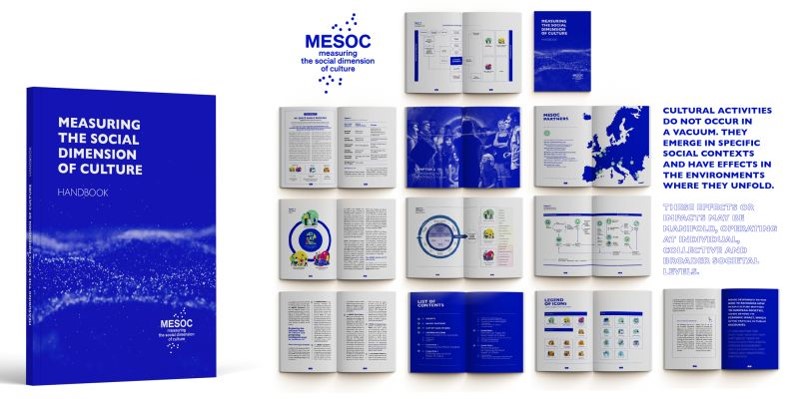
MESOC, the H2020 project led by the Universitat de València concludes its work for the time being. MESOC, developed by a consortium of 10 organisations and academic institutions, completed its work last July. At the end of September it will hold its evaluation and review meeting in the city of Rijeka, where two of the participating organisations are located. The project has been funded to the tune of around three million Euros.
The aim of the project was to present new innovative ways of measuring and counting the social impact of culture, beyond its economic dimension. It has been developed from February 2020 to mid-2023. The consortium is composed of 4 universities (Valencia, Politecnica de Milano, Barcelona and Rijeka), a Belgian consultancy specialised in culture (KEA), a French agency for the development of cultural projects (Relais Culture Europe), a Romanian cultural centre (Cluj Cultur Center), a communication company (WorldCrunch) and two cities (DAEM of Athens and the Rijeka Corporation).
Together with these consortium members, activities and projects have been followed in collaboration with 11 European cities such as Valencia, Barcelona, Bilbao, Jerez Lublin, Turku, Issy le Moulineaux, Ghent, Cluj, Rijeka and Athens.
Understanding the social value of cultural activities and being able to measure and explain it is particularly relevant for those involved in designing and implementing cultural projects on the ground, as well as for decision-makers and public and private managers who provide funding and set priorities, and for researchers involved in research and evaluation.
Although the project focuses on three social transformations in particular, which are those that appear in the EU's New Agenda for Culture; urban regeneration, citizen participation and well-being, its theoretical proposals and proposals for indicators and data analysis can be used to analyse any type of social impact of culture and at any scale; micro, meso and macro.
The project has developed a number of innovative tools and resources that can be of great use to cultural agents, policy makers and interested citizens in general.
The "convergent model", one of the theoretical outcomes of the project, explains the different pathways and trajectories of the social impact of culture, based on a concrete application of a theory of change that looks at transition variables (those socio-economic variables that we can measure and anticipate social transformation).
The convergent model is the result of the process of confluence of different methodological tools ranging from DELPHI processes of expert consultation to detailed analysis of pilot experiences and analysis of the available academic literature. All this together with an intense co-creation work among the different members of the project.
This model arises from the analysis with semantic analysis techniques (developed with an accessible tool). This model arises from the analysis with semantic analysis techniques (developed with an online tool) and we can look at it from the artificial intelligence tools through an application called Serapeum.
This analytical part has made it possible at the micro level to develop applications, freely available to all interested parties, which make it possible to measure the impact on an individual of their participation in a cultural experience (AU Cultur application), while at the same time a handbook (Handbook) has been developed which identifies and explains those factors in cultural production that can amplify social impacts.
On a meso level, the project has collected experiences on cultural programmes oriented towards social impact from different European cities (City-pilots), gathering numerous experiences and examples, as well as recommendations.
An informative video explains the use of Artificial Intelligence as a tool for the analysis of the social impact of culture.
Finally, at the macro level, a tool (SICCRED) has been developed that measures, at the regional level and with causal precision, the impact of culture on the 11 social variables of the OECD well-being index. Consequently, the project makes it possible to measure the impact of culture on social dimensions for each of the regions.
With this tool, the MESOC project demonstrates, among many other things, that increasing the number of people employed in the cultural and creative sectors has causal effects on life expectancy or per capita income in most European regions.
Illustration 1. Health effects (life expectancy) of increasing employment in SCC by one percentage point. Average 2009-2019. Source: Own elaboration. MESOC

Illustration 2. Effects on net disposable income per capita of a one percentage point increase in employment in the CCS. Average 2009-2019. Source: Own elaboration

The learning community formed around the project demanded in an open declaration that the social, economic, cultural or other objectives pursued by the implementation of projects, programmes and cultural policies should be explicitly and concretely highlighted in the projects, programmes and cultural policies.
This makes it necessary to allocate in the design of cultural projects, programmes and policies the necessary resources (5% of the budget) to develop evaluation and monitoring processes, without compromising cultural funding.
And we must deepen the collaboration between all the agents of the cultural ecosystem, to generate indicators, connected to specific objectives but also to key facilitators, as well as new sources of data and methodologies to capture all the relevant dimensions of culture.
In a field such as culture, so heterogeneous and so dependent on the specific territorial context, it is especially necessary to converge towards harmonised (yet flexible) evaluation protocols.
We need to convince and engage practitioners through intensive data analysis and, where possible, artificial intelligence, that culture is at the heart of many of the big questions surrounding humanity's societal challenges.
And it is also appropriate to urge official statistical institutions to be sensitive and responsive to the demands and needs of the cultural ecosystem.










